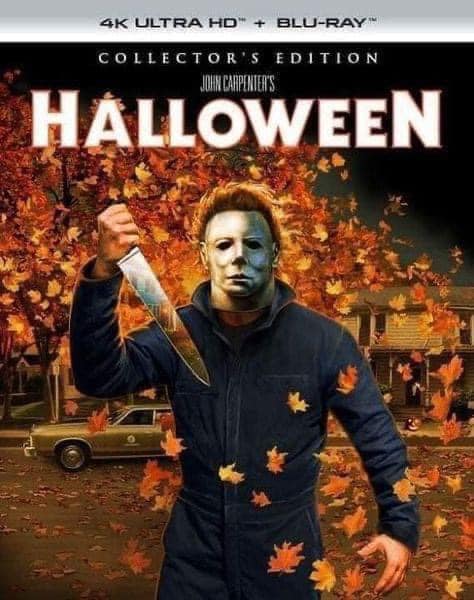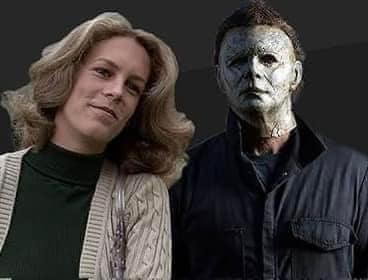Halloween (1978)

Exploring the Content and Significance of “Halloween” (1978)
Released in 1978, John Carpenter’s “Halloween” stands as a landmark in the horror genre, shaping the trajectory of slasher films and redefining the genre’s conventions. With its chilling simplicity and innovative approach, “Halloween” has left an indelible mark on cinema.
Plot Overview
The film introduces us to Michael Myers, a psychotic killer who, at the age of six, murders his sister and is subsequently institutionalized. Fifteen years later, Michael escapes from the mental hospital and returns to his hometown of Haddonfield, Illinois. His escape sets off a series of terrifying events as he resumes his killing spree. The primary focus is on Laurie Strode, played by Jamie Lee Curtis, a high school student who finds herself targeted by Michael. As Halloween night unfolds, Laurie and her friends must confront the relentless menace of Michael Myers.

Themes and Significance
- The Shape of Evil: Michael Myers is often referred to as “The Shape,” which emphasizes his embodiment of pure, inexplicable evil. His mask, a blank, emotionless face, serves as a vessel for audiences to project their fears, making his menace more universal and enigmatic.
- The Final Girl Trope: Laurie Strode’s character is emblematic of the “final girl” trope in horror films—an innocent, virtuous character who survives the onslaught of the killer. Laurie’s resourcefulness and resilience are pivotal in the film’s climax, establishing a model for many subsequent horror films.
- Atmosphere and Suspense: Carpenter’s use of minimalistic music, particularly the iconic Halloween theme, heightens the film’s suspense and creates a haunting atmosphere. The film’s restrained use of gore, combined with its focus on psychological terror, adds to its enduring impact.
- The Fear of the Familiar: “Halloween” capitalizes on the fear of the familiar by setting the horror in an ordinary suburban environment. The contrast between the mundane setting and the horrific events heightens the sense of dread and vulnerability.
- Cultural Impact: “Halloween” not only revolutionized the slasher genre but also set a precedent for how horror films could be crafted with a limited budget yet achieve significant commercial and critical success. Its influence is evident in countless films and franchises that followed.

Conclusion
“Halloween” (1978) remains a seminal work in the horror genre, celebrated for its innovative approach to suspense and terror. John Carpenter’s masterful direction, combined with the film’s thematic depth and cultural impact, ensures its place as a classic in cinematic history. The film’s exploration of evil, the creation of iconic horror tropes, and its contribution to the genre continue to resonate with audiences, cementing its status as a timeless piece of horror cinema.











